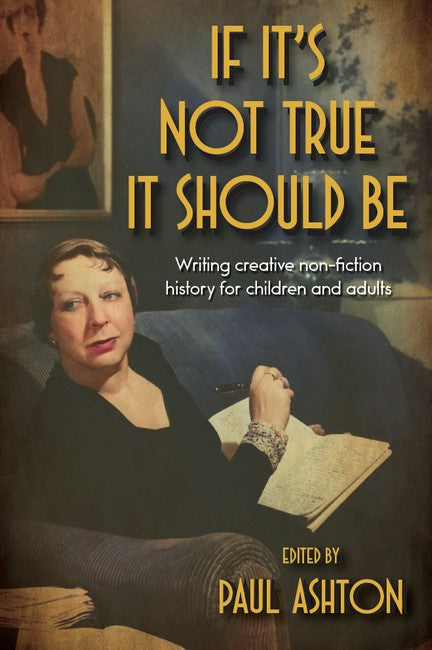Paul Ashton’s If it’s Not True It Should Be centers around the state of Australian historical fiction and is comprised of several pieces which illustrate the way in which history and literature relate to each other. Whilst history grounds creativity, creative non-fiction allows readers to connect with, and immerse themselves in, historical events. As well as being immersive, this work is also accurate, thereby informing the reader and bridging the gap between creativity and historical accuracy. Ten of the contributors are academically trained historians, whilst the other six are eminent writers of historical fiction. This ensures that a balance is achieved between imagination and precision, providing appropriate context and methodology that informs whilst inviting the reader to visualise and personally connect with the events in question. Apart from being passionate about history, the contributors in this book all share a desire to harness the past in their creative writing practices: to draw on historical sources, both traditional and promiscuous; to develop well grounded historical imaginations which allow them to fill cracks, gaps or chasms in what are invariably incomplete, invented or censored archives; to look through the eyes of others; to read historical landscapes on the ground and in the mind; and to look to history for inspiration.Like all good creative non-fiction history and historical fiction, it’s engaging, evocative of time and place, deals with significant events and issues—however large or small—shows different perspectives and is well researched.This book is significant in that it conveys the notion that historians need to think of themselves as writers, as the utilisation of literary forms allows them to widen their audience and contribute towards the increasing accessibility of history.

